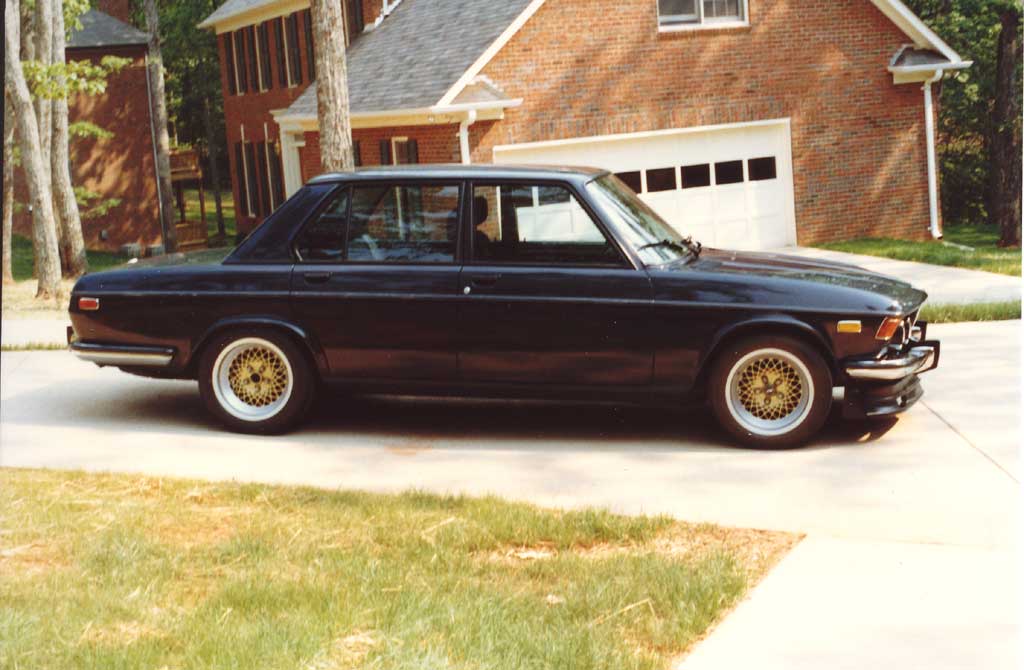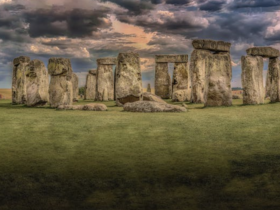From the beautiful wine country of Franconia to the stark beauty of the Bavarian Alps and the bustling historic cities of Munich and Nuremburg, Bavaria is the ideal destination for a driving holiday. The best times of year to visit are the spring, when mild weather draws visitors from far and wide to see the scenic countryside and historic castles, and the autumn, when the streets of Bavarian cities fill with revellers for Oktoberfest. Avoid visiting in winter, when snow can close the mountain passes.
Driving Bavarian Roads
Bavaria’s scenic roads, such as the Romantic Road which leads from Franconia in the north to the south over 260 miles of highway, are lined with beautiful scenery and buildings, but they require a little careful attention. Bavaria’s roads aren’t the ruler-straight autobahns of the popular imagination. They can be winding and tricky, particularly in the mountain. Although the area has a good record for road safety, you’ll still need to remain alert while driving in Bavaria. In particular, be careful not to drive tired.
What to See and Do
No trip to Bavaria would be complete without a stop in Munich. Don’t forget to stop in front of the Town Hall at 11 am or noon to hear the city’s famous glockenspiel play. Other sights to visit include the nearby Church of Our Lady, as well as the relaxing English Garden, a landscape park even bigger than New York’s Central Park. English-speaking visitors can sign up for a free English-language walking tour of Munich.
Nuremburg, Bavaria’s second city, is famous for its historic old town as well as its castle, once the residence of Germany’s Emperors. The house of Renaissance artist Albrecht Durer is now a museum and well worth a visit. For those interested in the darker side of history, the Nazi party rally grounds are also preserved, a memorial to Munich’s role in this tragic episode.
The Bavarian countryside is famous not only for its natural beauty but for its elegant castles, churches and historic buildings. By far the most famous of these is Neuschwanstein, the fairy-tale castle built by King Ludwig II in the foothills of the Bavarian Alps. This famous palace is far from the only building worth seeing in Bavaria, however; almost every town or village contains an older home or church to reward a visitor. Small villages like Oberammergau display picturesque examples of the traditional Bavarian way of life.
Preparing for the Trip
Preparing for a trip to Bavaria isn’t like getting ready to go on safari, but there are still a few things you’ll want to make sure you have. Once in a Bavarian city, you’ll be doing a lot of walking, so make sure you have comfortable shoes. Warm layered clothing is another thing you should be adding to your packing list, right next to the raincoat and money saving car excess insurance. If you’re visiting in autumn, be prepared for cool temperatures, while snow lingers in the mountains well into spring.
Mark is from London but has strong Germanic routes. He love the courtryside and exploring tradtional cultures.
























